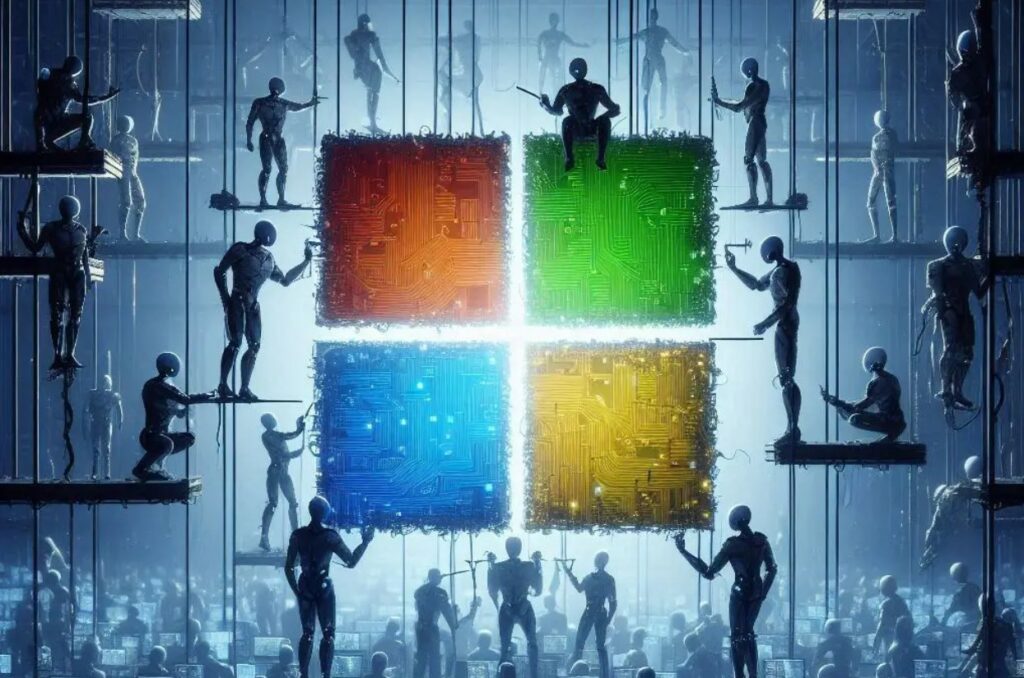
Windows 11 users who have installed the September 2025 Update might think that practically nothing changes. At first glance, KB5065426 looks like a normal small patch that Microsoft distributes to everyone.
But in reality, the changes are much more noticeable than they seem.
The updatesilently removes two older tools that some users may still have on their systems: PowerShell 2.0 and the WMIC (Windows Management Instrumentation Command-Line Console). Both were once widely used by administrators and advanced users, but are now considered obsolete and unsafe.
PowerShell 2.0 allowed administrators to work with a separate Windows command shell, but in recent years it became a source of potential vulnerabilities. Microsoft is finally getting rid of it, leaving the modern PowerShell, currently available in version 7.5, in the system.
WMIC, in turn, helped enterprise customers collect data about networked computers, but has long been considered obsolete. The company emphasizes that both tools are virtually unused and only create additional risks.
In addition to removing old components, the update prepares computers for the major release of Windows 11 25H2, expected in October. Anyone interested can try a preview build now.
In the future, Microsoft promises to offer administrators more freedom in managing system composition. This includes the ability to disable built-in applications and even some AI features using Group Policy, making Windows 11 lighter and less overloaded with unnecessary services.
Removing PowerShell 2.0 and WMIC with the September 2025 Update isn’t just a cleanup operation; it represents a strategic step for Microsoft. By eliminating obsolete and potentially vulnerable tools, the company is creating the conditions to gradually restructure the Windows codebase, reducing complexity and risk. This process allows us to focus resources on developing and improving modern features, ensuring a more stable and secure system.
In practice, these “cleanups” facilitate a true refactoring of the operating system: the code is simplified and updated without interrupting core functionality. Removing outdated tools allows developers to replace outdated components with more efficient and secure solutions, thus preparing for future versions of Windows 11 and increasingly stringent security requirements.
Follow us on Google News to receive daily updates on cybersecurity. Contact us if you would like to report news, insights or content for publication.
